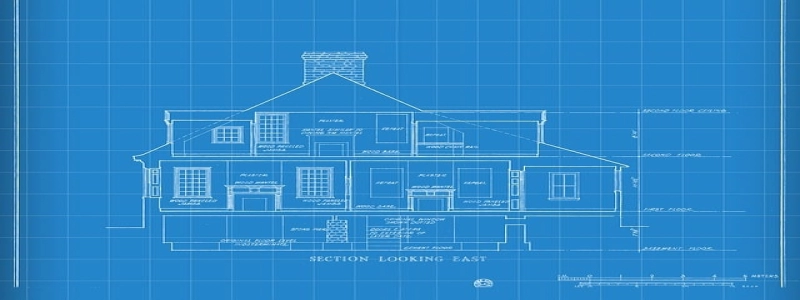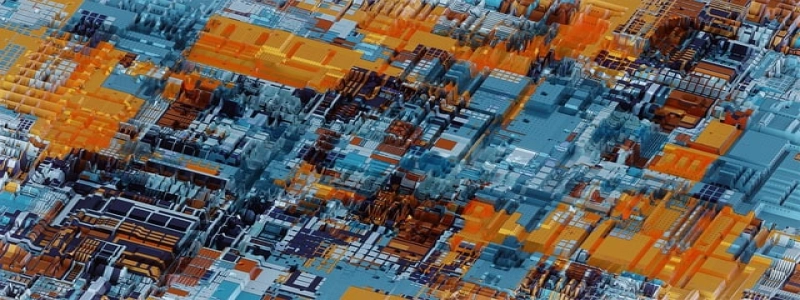Ethernet Cable Recycling
Introduction:
In today’s digital age, Ethernet cables are commonly used for networking purposes. As technology advances and new versions of Ethernet cables are introduced, it is important to consider the environmental impact of disposing of old or damaged cables. This article aims to explore the importance of Ethernet cable recycling and provide a detailed guide on how to recycle these cables responsibly.
I. The importance of Ethernet cable recycling:
A. Environmental impact:
1. Hazardous materials in Ethernet cables:
a. Polyvinyl chloride (PVC):
– PVC is commonly used for cable insulation, which contains harmful additives such as lead and cadmium.
– Improper disposal of PVC can lead to the release of these toxic substances into the environment, causing soil and water pollution.
b. Copper:
– Ethernet cables contain copper wires, which require significant amounts of energy and resources to extract and manufacture.
– Recycling copper from old cables reduces the need for new mining operations, conserving natural resources.
B. Reduce electronic waste:
1. E-waste statistics:
a. According to the United Nations University, around 50 million metric tons of electronic waste are generated globally each year.
b. Ethernet cables contribute to this electronic waste, especially when not properly disposed of or recycled.
2. Responsible electronic waste management:
a. Recycling Ethernet cables reduces the amount of e-waste sent to landfills, minimizing the environmental impact and potential health risks associated with improper disposal.
b. By recycling, valuable materials can be extracted and reused in the production of new cables, reducing the need for virgin materials.
II. Steps to responsibly recycle Ethernet cables:
A. Cable removal:
1. Disconnect the Ethernet cable:
a. Ensure that the cable is unplugged from any devices or network connections.
b. Take caution while removing the cable to prevent any damage or injury.
2. Check for any adapters or couplers:
a. Some Ethernet cables may have adapters or couplers attached. Remove them before recycling the cable.
B. Cable preparation:
1. Coil the cable:
a. Gently coil the Ethernet cable, avoiding any twists or knots.
b. Use cable ties or Velcro straps to secure the coiled cable, preventing it from tangling during transportation.
C. Recycling options:
1. Locating electronic recyclers:
a. Research local electronic recyclers or e-waste collection centers that accept Ethernet cables.
b. Contact them to ensure they accept Ethernet cables and inquire about any specific recycling requirements or procedures.
2. Drop-off or collection services:
a. Determine whether the recyclers offer drop-off services or if they provide pick-up services for larger quantities of cables.
b. Follow their instructions on the designated drop-off locations or schedule a pick-up service.
3. Recycling fees:
a. Some recyclers may charge a fee for recycling Ethernet cables.
b. Inquire about any associated costs before proceeding with the recycling process.
D. Data security:
1. Erase personal data:
a. Before recycling Ethernet cables, ensure that any personal or sensitive data stored on connected devices is securely deleted or transferred.
b. Follow proper data wiping procedures or consult professional IT support for assistance.
Conclusion:
Ethernet cable recycling is an essential component of responsible electronic waste management. By recycling these cables, we can reduce environmental pollution, conserve valuable resources, and minimize the amount of electronic waste sent to landfills. Adhering to the outlined steps for responsibly recycling Ethernet cables ensures that these cables are properly disposed of, contributing to a sustainable future.







